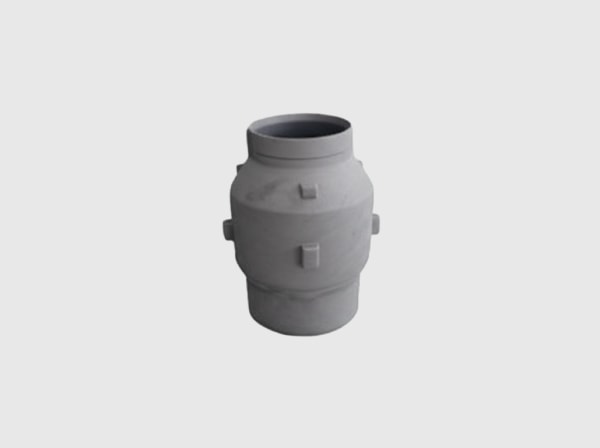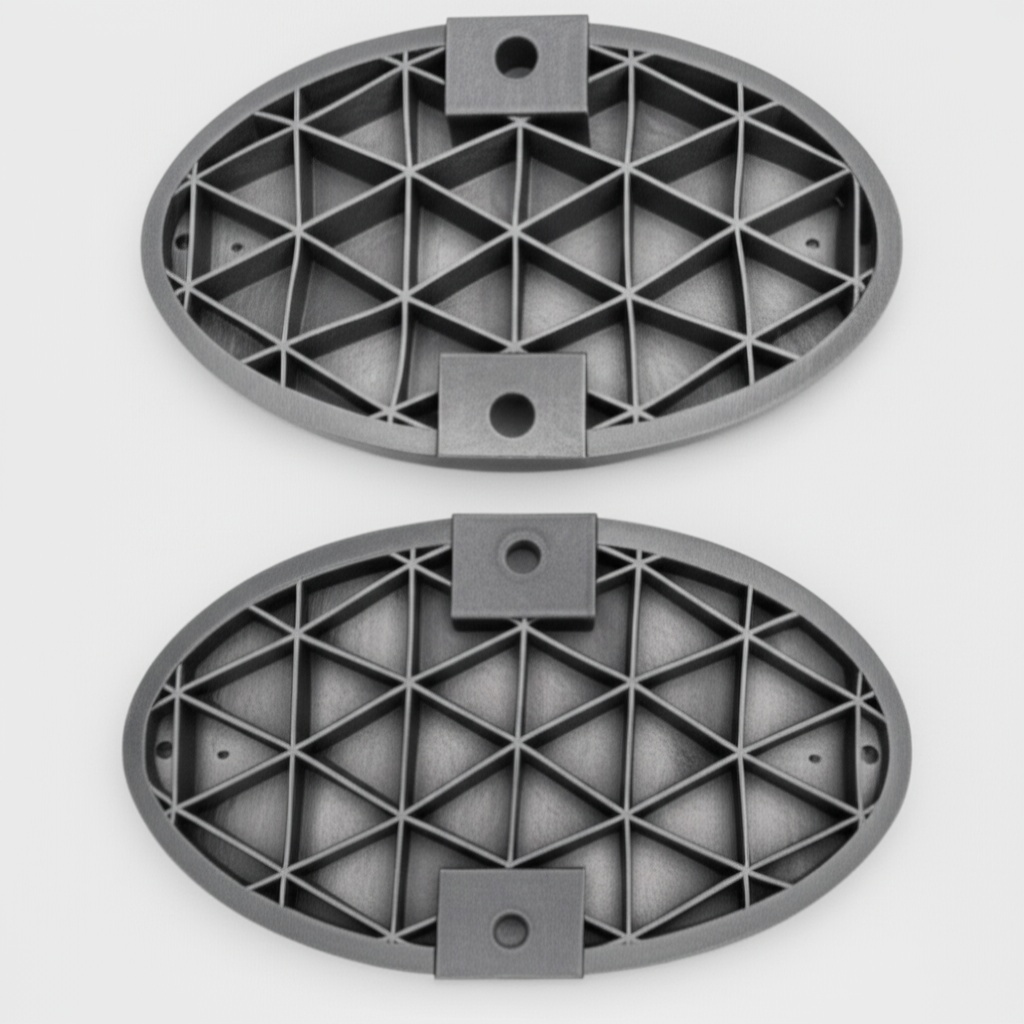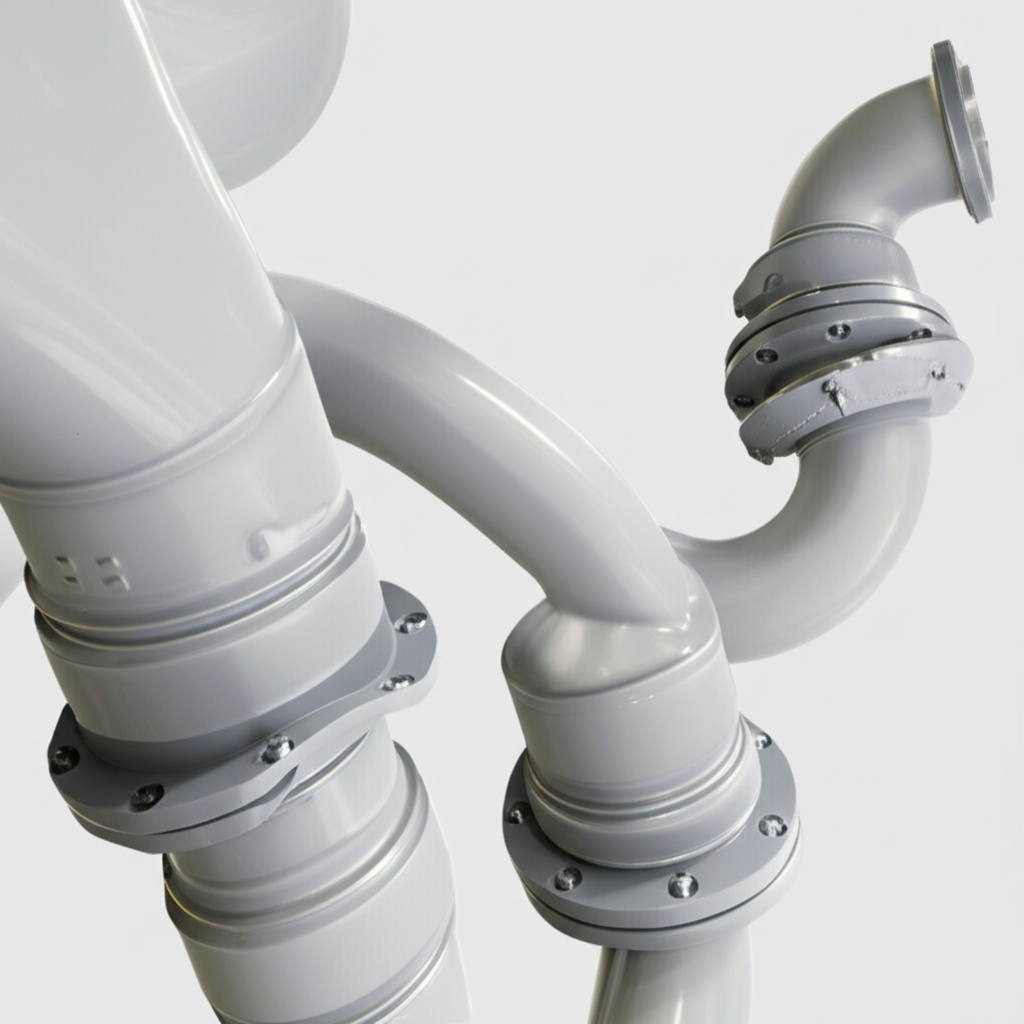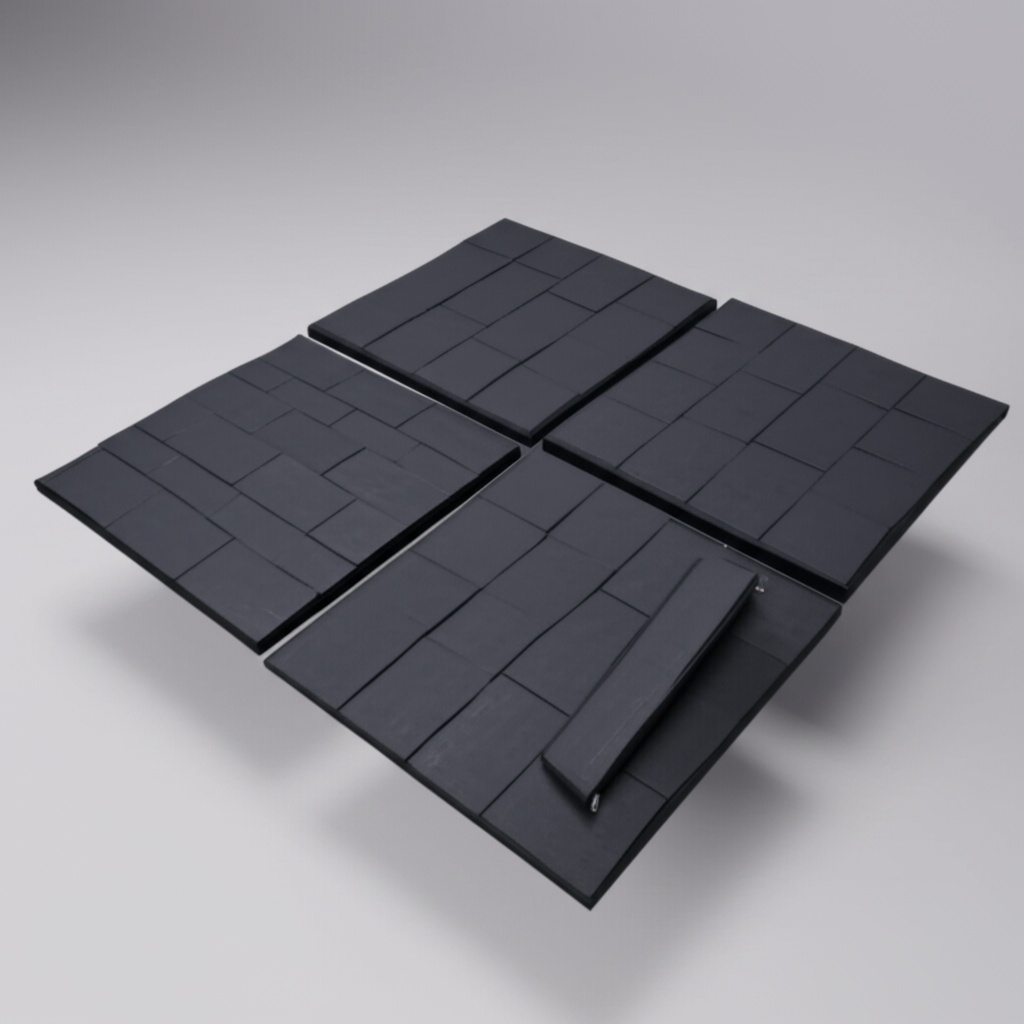Módulos de conmutación bidireccionales de carburo de silicio para relés de estado sólido y convertidores matriciales de CA

Compartir
Visión general del producto y relevancia para el mercado en 2025
Los módulos de conmutación bidireccional de carburo de silicio (SiC) combinan dos MOSFET o JFET de alto rendimiento en antiserie (o una estructura bidireccional monolítica) para conducir y bloquear en ambas polaridades, lo que permite la conmutación de alta velocidad de cruce por cero para cargas de CA sin contactos mecánicos. En comparación con los triacs/SCR y los relés mecánicos, los interruptores bidireccionales de SiC ofrecen un encendido/apagado ultrarrápido, bajas pérdidas de conducción, una excelente margen térmico y un funcionamiento casi silencioso, ideal para relés de estado sólido (SSR), convertidores de matriz de CA, arrancadores suaves, conmutadores de transferencia estáticos e interruptores inteligentes.
En el contexto industrial de Pakistán para 2025:
- Las fábricas textiles (Faisalabad, Karachi) exigen un control preciso del motor, un tiempo de inactividad bajo y un bajo ruido audible en las salas de hilado/tejido.
- Las plantas de cemento se enfrentan a altas temperaturas ambiente y polvo; el desgaste de los contactores y el arqueo aumentan los costes de mantenimiento y los riesgos para la seguridad.
- Acero Las instalaciones requieren una transferencia y conmutación rápidas y fiables para cargas inductivas pesadas, grúas y auxiliares rodantes.
- Los centros de datos y las salas de máquinas financieras necesitan conmutadores de transferencia estáticos y SSR con tiempo de transferencia cero y un THD mínimo para un tiempo de actividad crítico.
Los módulos bidireccionales de SiC funcionan de forma eficiente a alta temperatura (Tj hasta 175 °C, seleccione hasta 200 °C), toleran la conmutación frecuente y reducen la huella del panel, lo que reduce el OPEX y mejora la fiabilidad en condiciones de red pakistaníes adversas con frecuentes caídas, subidas y parpadeos.

Especificaciones técnicas y funciones avanzadas
Especificaciones representativas (personalizables por aplicación):
- Clases de tensión: 650 V, 1200 V, 1700 V
- Corriente continua: 25–400 A por módulo; escalable con paralelización
- Topologías: MOSFET en antiserie (opciones de fuente común o drenaje común), interruptor bidireccional monolítico bajo petición
- Rendimiento de conducción: bajo RDS(on) por pata (tan bajo como 8–20 mΩ a 25 °C; caracterizado a 125–150 °C)
- Conmutación: hasta 50–100 kHz (dependiendo de la aplicación), compatible con conmutación suave
- Control de puerta: controladores aislados con pinza Miller, control de puerta activo y velocidad de respuesta programable
- dv/dt/CMTI: inmunidad >50–100 V/ns; diseño optimizado para minimizar el sobreimpulso
- Protección: protección DESAT/sobrecorriente, resistencia a cortocircuitos (tSC), apagado térmico mediante retroalimentación NTC
- Diseño térmico: DBC de AlN/Si3N4, difusores de calor SSiC/RBSiC opcionales, bajo RθJC
- Empaquetado: terminales de baja inductancia, clavijas atornilladas o de ajuste a presión; revest
- Objetivos de cumplimiento: IEC 60947-4-3 (SSR), IEC 62477-1
Características avanzadas de Sicarb Tech:
- Placas de control de compuerta codiseñadas con accionamiento de ±15–20 V, DESAT, desconexión suave y aislamiento digital CMTI alto
- Opciones de detección de corriente integradas para el control de conmutación de convertidores matriciales
- Huellas preparadas para amortiguadores RC y redes de protección contra sobretensiones MOV/TVS
- Diseños mecánicos optimizados para adaptaciones compactas de MCC y flujo de aire mejorado
Ventajas de rendimiento en la conmutación de CA y la conversión de matriz
| Control y transferencia fiables de carga de CA en las condiciones de la red de Pakistán | Módulo de interruptor bidireccional de SiC | Soluciones basadas en Triac/SCR | Relés/contactores electromecánicos |
|---|---|---|---|
| Bloqueo/conducción bidireccional | Nativo (ambas polaridades) | Sí (pares SCR/triacs) | Contactos mecánicos |
| Velocidad de conmutación y control de cruce por cero | Muy rápido; preciso | Moderado; dv/dt limitado | Lento; rebote y arqueo |
| Pérdida de conducción a alta corriente | Bajo RDS(on), estable a la temperatura | Tensión de estado activo más alta | La resistencia de contacto aumenta con el desgaste |
| Rendimiento a alta temperatura ambiente (40–45 °C) | Fuerte; Tj 175–200 °C | Necesidad de reducción de potencia | Calentamiento de la bobina; reducción de potencia de contacto |
| Vida útil y mantenimiento | Largo; sin piezas de desgaste | Más largo que los relés; estrés térmico | Desgaste de los contactos, arqueo, servicio frecuente |
| Impacto de EMI y THD | dv/dt controlable, bajo ruido | Mayor ruido de recuperación/conmutación | Vibración de contacto, picos transitorios |
Ventajas clave y beneficios probados
- Alta eficiencia y bajo calor: Bajo RDS(on) y conmutación controlada reducen la disipación, reduciendo los disipadores de calor y las cargas de climatización.
- Conmutación ultrarrápida y silenciosa: Ideal para SSR y transferencia estática en centros de datos y líneas de fabricación críticas.
- Robusto en entornos hostiles: Rendimiento estable a altas temperaturas ambiente con opciones resistentes al polvo.
- Control de precisión: Admite la conmutación de convertidores matriciales con alta inmunidad dv/dt y detección integrada.
- Reducción del tiempo de inactividad y OPEX: Sin desgaste de los contactos; intervalos de mantenimiento prolongados frente a contactores/relés.
Cita de un experto:
“Los interruptores bidireccionales basados en SiC permiten un control de CA preciso y de bajas pérdidas sin desgaste mecánico, lo cual es fundamental para la fiabilidad en entornos industriales de alta temperatura y alto contenido de polvo”. — IEEE Power Electronics Magazine, Industrial Power Conversion Outlook, 2024 (análisis de la industria)
Aplicaciones reales e historias de éxito mensurables
- Interruptor de transferencia estática (STS) en la sala de máquinas financieras de Karachi:
- El SSR bidireccional de SiC logró la transferencia en medio ciclo sin piezas mecánicas.
- Resultado: Cero ruido audible, 98,5 % de eficiencia frontal, impacto reducido de la THD; métricas de tiempo de actividad mejoradas.
- Bancos de telares textiles, Faisalabad:
- Se sustituyeron los arrancadores suaves basados en contactores por módulos SSR de SiC y se controló el dv/dt.
- Resultados: Reducción del 22 % de la temperatura del armario de accionamiento, un 30 % menos de disparos molestos durante las caídas de tensión, un 5 % de ahorro de energía gracias a las menores pérdidas térmicas.
- Control de ventiladores de plantas de cemento, Punjab:
- El front-end del convertidor matricial de SiC permitió un control de motor compacto y sin transformador.
- Resultados: Reducción del 28–32 % de la huella del armario; el intervalo de mantenimiento se amplió en un ciclo debido a la eliminación del desgaste de los contactos; PF mejorado a ~0,98 con PFC coordinado.
【Indicación de imagen: descripción técnica detallada】 Collage de aplicaciones: 1) Bastidor de interruptor de transferencia estática con módulos bidireccionales de SiC y traza de osciloscopio que muestra una transferencia rápida; 2) Panel de control de telar textil reacondicionado con SSR de SiC, superposición de cámara térmica que muestra puntos calientes más fríos; 3) Alineación de MCC de planta de cemento que destaca el convertidor matricial de SiC compacto; incluir anotaciones para PF, THD y reducción de la huella del armario; fotorrealista, 4K.
Selección y mantenimiento
- Selección eléctrica:
- Elija valores nominales de tensión/corriente con un margen del 20–30 % para caídas/subidas de la red y la corriente de entrada del motor.
- Valide la protección contra cortocircuitos y el área de funcionamiento seguro (SOA) para cargas inductivas.
- Control y accionamiento de compuerta:
- Utilice controladores aislados con DESAT y desconexión suave; ajuste la resistencia de la compuerta para obtener un dv/dt aceptable en relación con el aislamiento del motor.
- Para los convertidores matriciales, implemente estrategias de conmutación con tiempo muerto y detección de la dirección de la corriente.
- Térmico y envolvente:
- Modele el rendimiento del disipador de calor a una temperatura ambiente de 45 °C; asegure un flujo de aire adecuado u opciones de refrigeración líquida para módulos de alta corriente.
- En sitios polvorientos (cemento/textil), utilice recintos de presión positiva o sellados; considere conjuntos con revestimiento de conformación.
- EMC y calidad de la energía:
- Coloque los amortiguadores RC cerca de los terminales; asegure una conexión a tierra adecuada según las prácticas IEC 61000-6-4 y PEC.
- Coordine la protección aguas arriba (MCB/relés) con la protección del módulo para evitar disparos molestos.
- Mantenimiento:
- Comprobaciones periódicas del par en los terminales; supervise la temperatura NTC y los ciclos de conmutación registrados.
- Actualizaciones de firmware para los umbrales de diagnóstico donde se utilizan controladores inteligentes.
Factores de éxito del sector y testimonios de clientes
- Factores de éxito:
- Perfilado preciso de la carga (corriente de entrada, ciclo de trabajo), estudio de armónicos y revisión de la capacidad del transformador
- Instalación piloto durante el verano para la validación del peor de los casos
- Formación de los equipos de mantenimiento en el diagnóstico de la conmutación de estado sólido
- Integración con la supervisión de las instalaciones para el mantenimiento predictivo
- Testimonio (Jefe de Electricidad de la Planta, instalación de datos de Lahore):
- “Nuestro STS basado en SiC eliminó las fallas de transferencia y el ruido de los interruptores mecánicos. Vimos mejoras térmicas y de fiabilidad inmediatas”.
Futuras innovaciones y tendencias del mercado
- Perspectivas 2025–2027:
- Interruptores bidireccionales monolíticos de SiC con menor parasitismo y mayor densidad de corriente
- SSR inteligentes con detección integrada, supervisión de condiciones y gemelos digitales
- Optimización de costes mediante obleas de SiC de 200 mm y asociaciones de montaje localizadas en el sur de Asia
- Revestimientos mejorados para plantas con alta concentración de partículas y módulos enchufables estandarizados para adaptaciones de MCC
Perspectiva de la autoridad:
“A medida que los dispositivos de SiC se escalan e integran la detección, la conmutación de CA de estado sólido desplazará a los contactores en muchas aplicaciones de misión crítica”. — IEA Technology Perspectives, capítulo de electrónica de potencia, 2024 (comentario del mercado)
Preguntas frecuentes y respuestas de expertos
- ¿El alto dv/dt estresará los devanados del motor?
- Ajustamos el dv/dt mediante la resistencia de la compuerta y utilizamos filtros de salida cuando es necesario. Para los motores heredados, los filtros de seno o dV/dt mantienen la tensión de aislamiento segura.
- ¿Pueden los SSR de SiC sustituir a los contactores para cargas inductivas pesadas?
- Sí, con la protección y el diseño térmico adecuados. Las ventajas incluyen una actuación más rápida, sin arqueo y un mantenimiento reducido.
- ¿Son estos módulos compatibles con sistemas de 220/400 V, 50 Hz y protecciones locales?
- Totalmente compatibles; los diseños se ajustan a las prácticas PEC y a las expectativas del Código de Red NTDC. Adaptamos la coordinación con los MCB/relés del sitio.
- ¿Qué ROI se puede esperar?
- El ROI típico oscila entre 18 y 30 meses, impulsado por el ahorro de energía, la reducción del mantenimiento y la mejora del tiempo de actividad, más rápido para las operaciones 24 horas al día, 7 días a la semana.
- ¿Cómo gestionan los entornos polvorientos y calurosos?
- Los recintos con clasificación IP, el revestimiento de conformación, los paneles de presión positiva y las trayectorias térmicas validadas mantienen el rendimiento a una temperatura ambiente de 40–45 °C.
Por qué esta solución es adecuada para sus operaciones
Los módulos de interruptores bidireccionales de SiC ofrecen un control de CA rápido, eficiente y fiable sin desgaste mecánico, ideal para los emplazamientos industriales de Pakistán con condiciones ambientales cálidas, polvorientas y variables de la red. Mejoran el tiempo de actividad, reducen la energía y las cargas de refrigeración, y se ajustan a los requisitos de cumplimiento en evolución, desde las líneas textiles hasta los auxiliares de cemento y acero, y la infraestructura de datos de misión crítica.
Conecte con especialistas para soluciones personalizadas
Asóciese con Sicarb Tech para acelerar su hoja de ruta de conmutación de estado sólido:
- Más de 10 años de experiencia en fabricación de SiC con el respaldo de la Academia de Ciencias de China
- Desarrollo de productos personalizados en R-SiC, SSiC, RBSiC y SiSiC, además de embalaje de módulos avanzado
- Servicios de transferencia de tecnología y establecimiento de fábricas, desde la viabilidad hasta la puesta en marcha de la línea de producción
- Entrega llave en mano desde el procesamiento de materiales hasta los módulos terminados, con ingeniería de aplicaciones y soporte de cumplimiento
- Historial probado con más de 19 empresas en entornos exigentes; creación rápida de prototipos y despliegue piloto
Reserve una consulta gratuita para un estudio de conmutación específico del sitio, una evaluación de THD/PF y un modelo de ROI.
- Email: [email protected]
- Teléfono/WhatsApp: +86 133 6536 0038
Asegure las plazas piloto del cuarto trimestre de 2025 ahora para asegurar los plazos de entrega y la disponibilidad de ingeniería.
Metadatos del artículo
- Última actualización: 2025-09-11
- Próxima revisión programada: 2025-12-15
- Autor: Equipo de ingeniería de aplicaciones de Sicarb Tech
- Contact: [email protected] | +86 133 6536 0038
- Enfoque en las normas: IEC 60947-4-3, IEC 62477-1, IEC 61000; alineado con las prácticas PEC y los criterios de calidad del Código de Red NTDC

About the Author: Sicarb Tech
We provide clear and reliable insights into silicon carbide materials, component manufacturing, application technologies, and global market trends. Our content reflects industry expertise, practical experience, and a commitment to helping readers understand the evolving SiC landscape.




